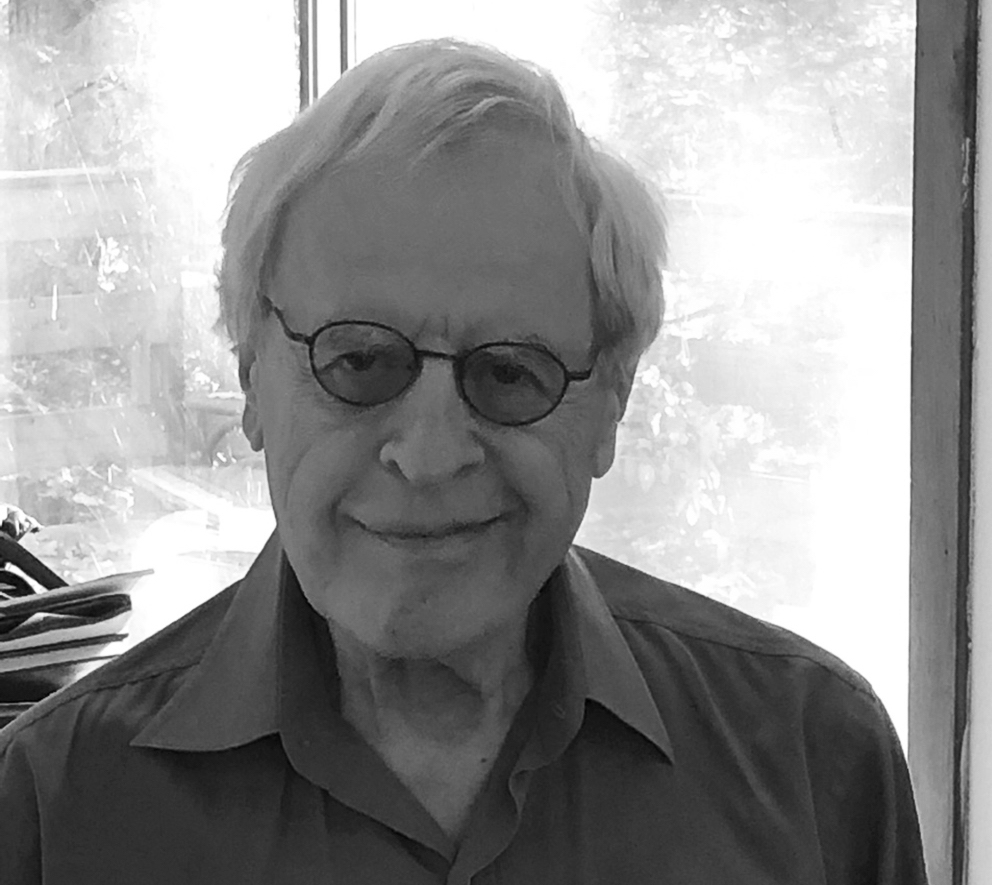Photo by Abigail Simic.
I first met Charles Simic in 1994 at a dinner to celebrate the Harvard Review’s special issue dedicated to Simic. I had written an essay for the issue titled “He Who Remembers His Shoes” that focused on several of his poems and so was invited to this dinner and seated next to him. While we were eating, a small black ant started crawling across the white table cloth. Simic became mesmerized by this ant. We both wondered if the ant was going to “make it” to the other side, and then, suddenly, our waiter appeared and swept it up. Simic almost wept. (I later learned that ants were his favorite insect.) What an object lesson it was for me in Simic’s compassion for the smallest creatures, what Czesław Miłosz called “immense particulars.” I stayed in touch with Simic off and on after this night, inviting him to read at the M.F.A. program I cofounded in 2001. Simic declined at first, saying he was “too pooped” after a reading tour in Europe, but then agreed to come in 2005. He read at The Fells, John Hayes’ elegant estate overlooking Lake Sunapee in New Hampshire which New England College rented for the occasion. The indelible image of him with the lake and gardens behind him has stayed with me ever since.
On November 21, I interviewed Simic on Zoom after several failed attempts to meet with him in Strafford, New Hampshire, where he lived. He was already having health issues, then but assured me that he was well enough—and eager—to chat. For an hour and twenty minutes we talked about everything from his local dump to his childhood in Belgrade during World War II. He told me, for instance, about what a “blast” he had playing in the streets of Belgrade even as it was being bombed by the Nazis. While transcribing our conversation, I realized that he never stopped playing in those streets. What a genius he was at witnessing to horror with wit, humanity, and a cold eye. I so envied and admired the way he transfigured such “immense particulars” as a forks, shrimp, breasts, ants, “bare winter trees,” and an alarm clock at the dump into powerful synecdoches.
We ran out of time to talk, and made plans to continue the conversation. But he was rehospitalized several days later, and died in New Hampshire on January 10. I can’t think of another contemporary poet who wrote with such stunning sprezzatura, wit, and compassion. There is no one who can replace him, and he will be deeply missed.
Copyright
© The Paris Review







